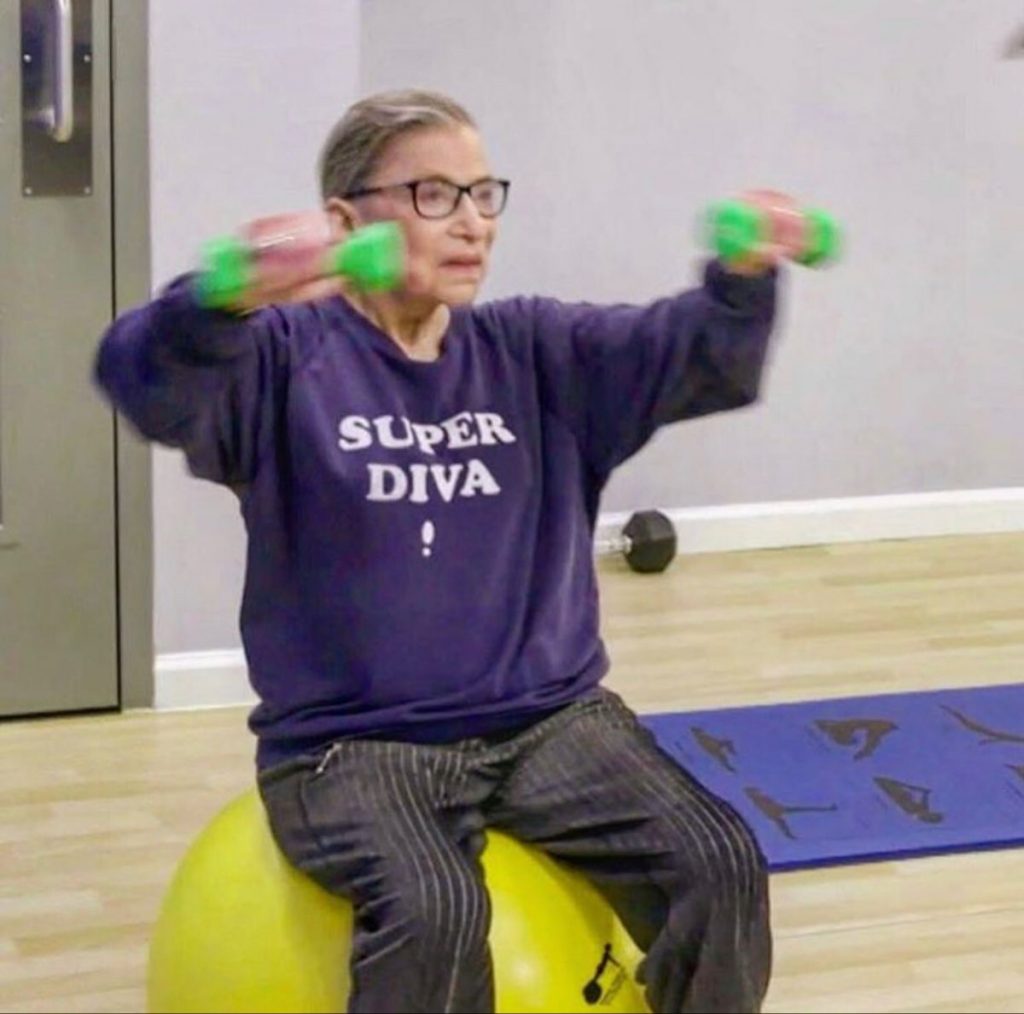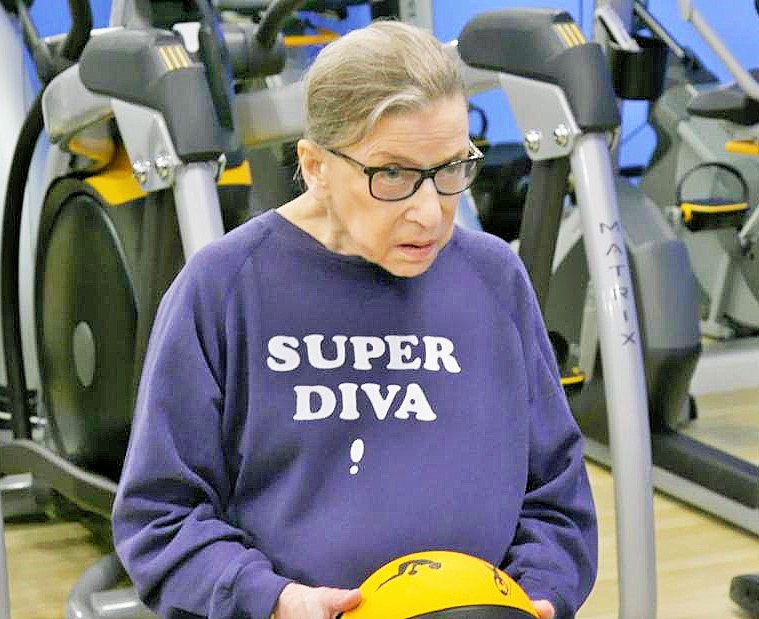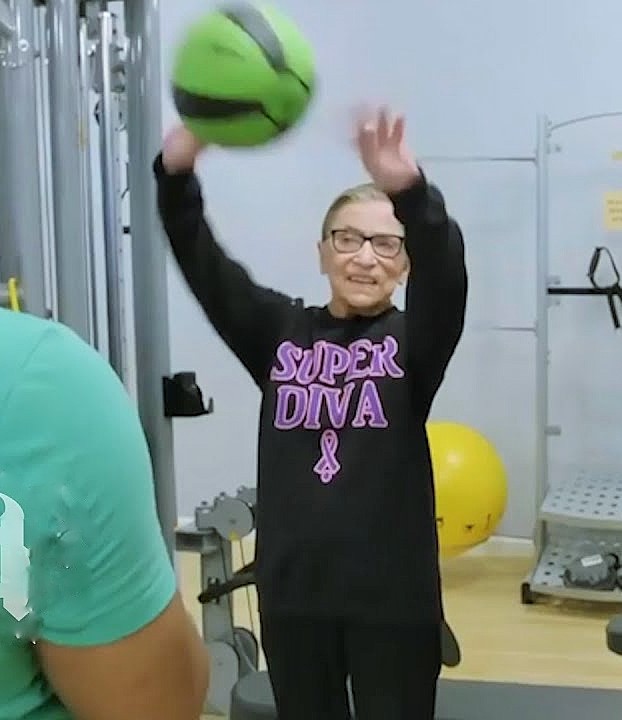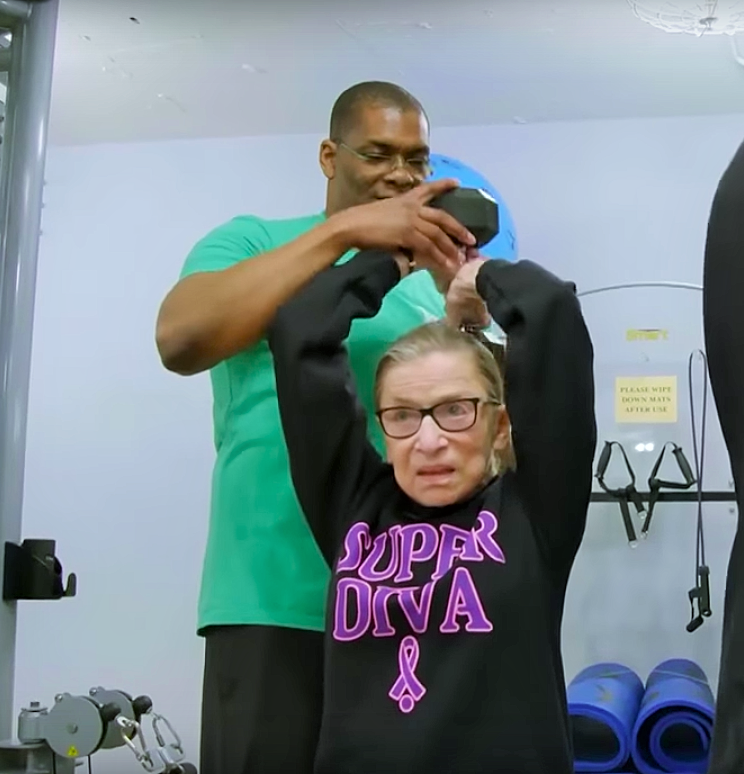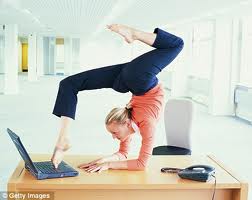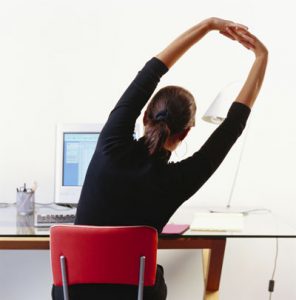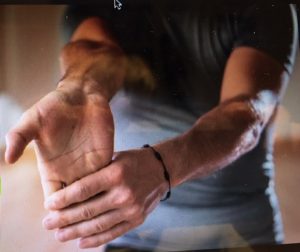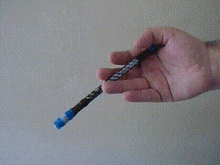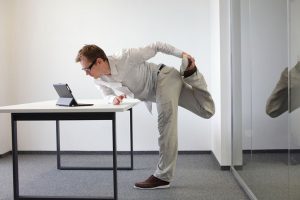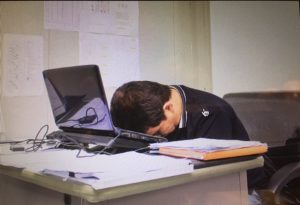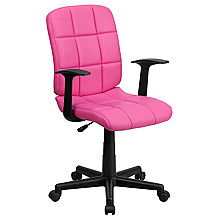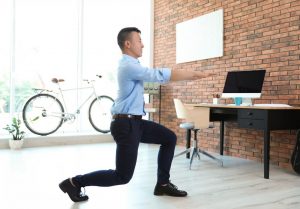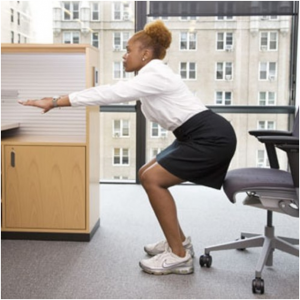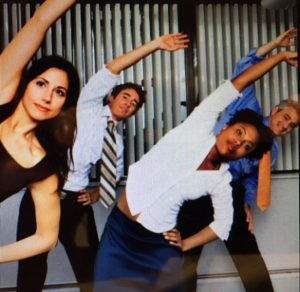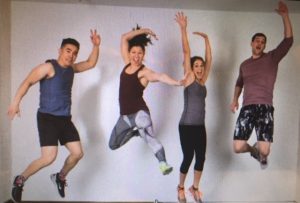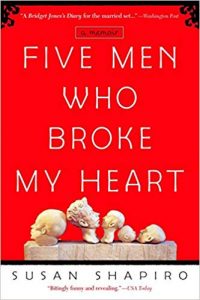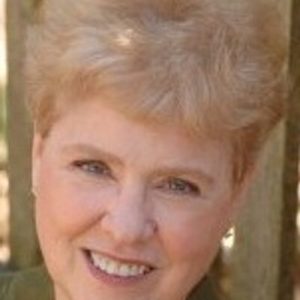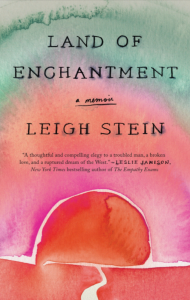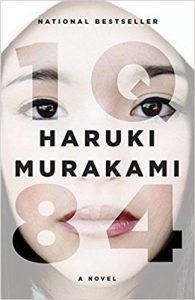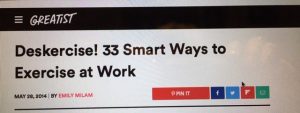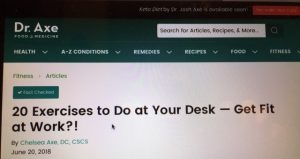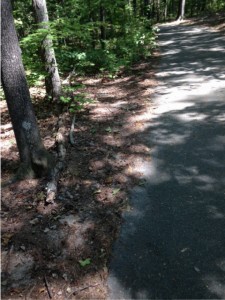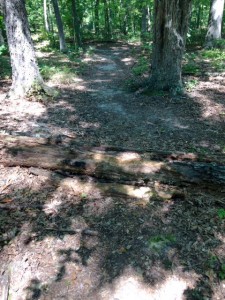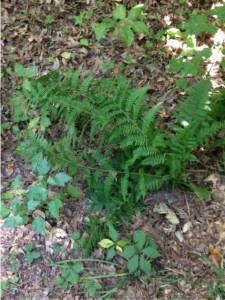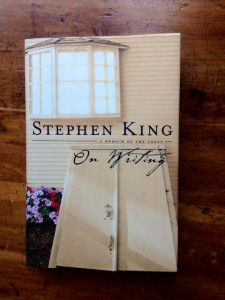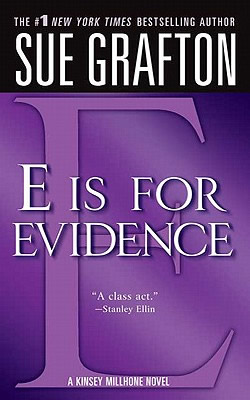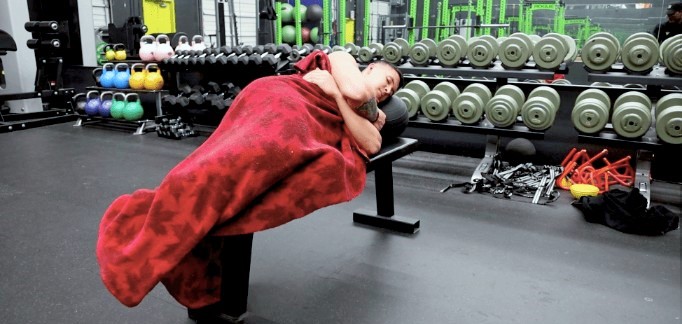
Some people, I’ve heard, actually like to exercise. These people are probably playing games such as tennis, golf, basketball, etc. Maybe biking, hiking or kayaking. There are also people who enjoy lifting weights just for the sake of lifting weights. Is your character one of these? If so, how good is s/he? And when did s/he take up the game?
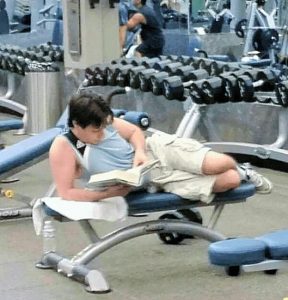
Then there are activities that some people do for fun and others do as a means to a specific end. In this category I’d put swimming or water aerobics for a bad back, running to relieve stress, boxing as a form of anger management, yoga to relax. Some people bike or walk for fun; for many others, walking and biking is a primary mode of transportation.

This group also would include those people who work out primarily to get or keep a body beautiful.
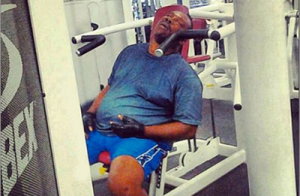
For most of human history, the vast majority of people have gotten plenty of exercise just trying to stay alive. Farming, hunting, and gathering food require activities people pay big money to recreate in a gym today. Building defense structures, making tools and weapons, chopping wood, washing clothes, and travelling are all much more physically demanding without machinery to help. In almost every part of the world, there are still cultures today that rely primarily on human or animal labor rather than technology.
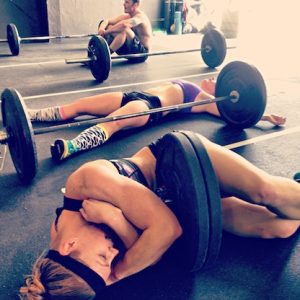
Some people exercise simply because they have to. Physical therapy can be done to prevent a future injury as well as to treat an existing injury. Martial arts practice can people alive in crisis situations, but regular practice has also been helpful in the treatment of mental illness. A home might only be reachable by strenuous hiking; a job might require frequent lifting and carrying.
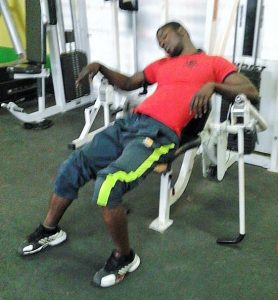
At the other end of the spectrum are people whose preferred activity is reading novels while snarfing chocolates or swigging scotch. Or maybe that’s watching TV while munching chips and chugging beer. Sound like any characters you know?
But even these people have probably heard “sitting is the new smoking” when it comes to being detrimental to one’s health. This group of people will find the easiest or least painful way to stay minimally fit.
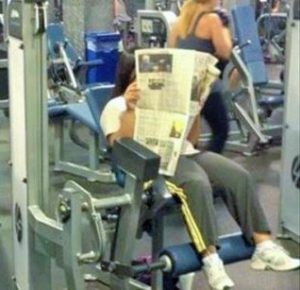
- Go to the gym with a friend and enjoy the socialization
- Join an exercise class that’s nearby
- Hire a personal trainer
- Get up for jumping jacks during commercial breaks
- Lifting the coffee mug to take a sip counts as doing bicep curls
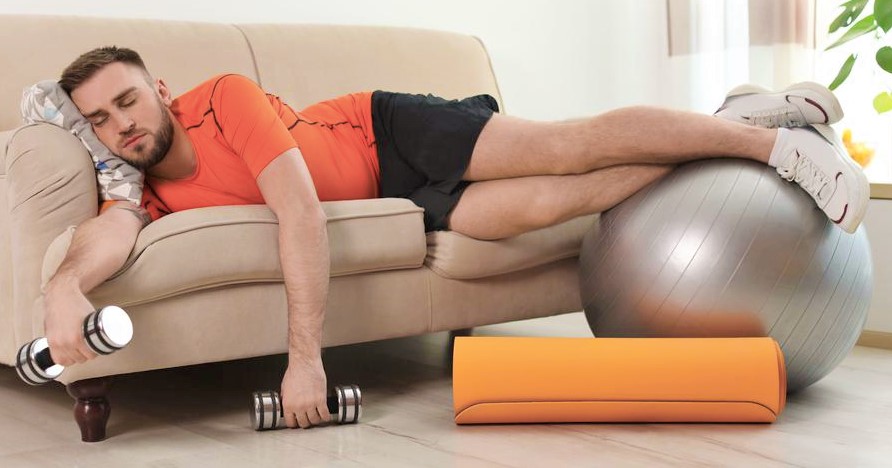
For some, getting dressed and going somewhere is too much effort—not to mention those who don’t want anyone to see them doing whatever it is they are doing. And in these times of COVID-19, many people don’t want the exposure. These people are likely to choose a stay-at-home option.
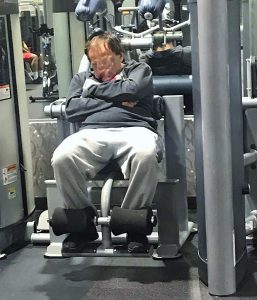
- Buy equipment to use at home:
- Balance ball
- Exercise bands
- Graduated weights, hand-held or strapped to wrists/ankles
- Heavy-duty weights, barbels, etc.
- A multi-purpose machine such as Bowflex
- NordicTrack or similar treadmill
- Rowing machine
- A compact elliptical trainer
- Stationary bicycle
- Some version of a vibrating plate
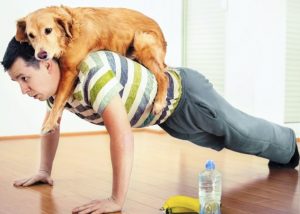
Note: Jugs of water, broken swivel chairs, flat-surface furniture, paper plates, and compliant dogs or small children can provide the same benefits as all of these expensive gadgets for almost no money at all!
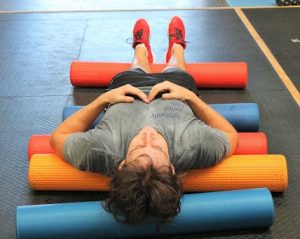
- Workout to an exercise tape or a televised program, often choosing things like Sit-and-Be-Fit, Sittercize, or chair yoga
- Using a phone or FitBit to count 10,000 steps a day—and seldom a step more
- Following books like The TV Watcher’s Workout
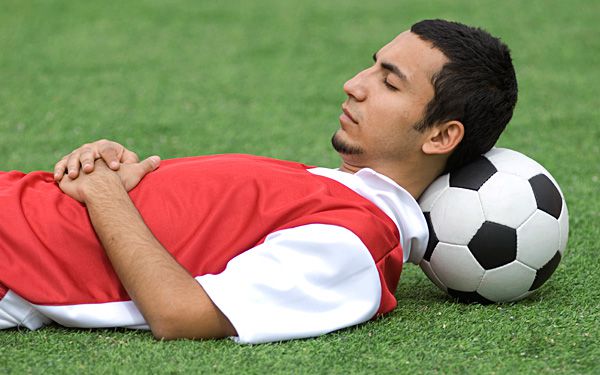
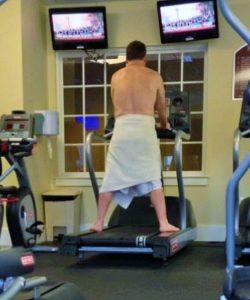
Bottom line for writers: Know your characters’ fitness habits, particularly main characters. There are three components to a person’s/character’s exercise decisions
- How does s/he feel about fitness/exercise?
- What does s/he think about fitness/exercise?
- What does s/he actually do?
1933-2020 R.I.P.

